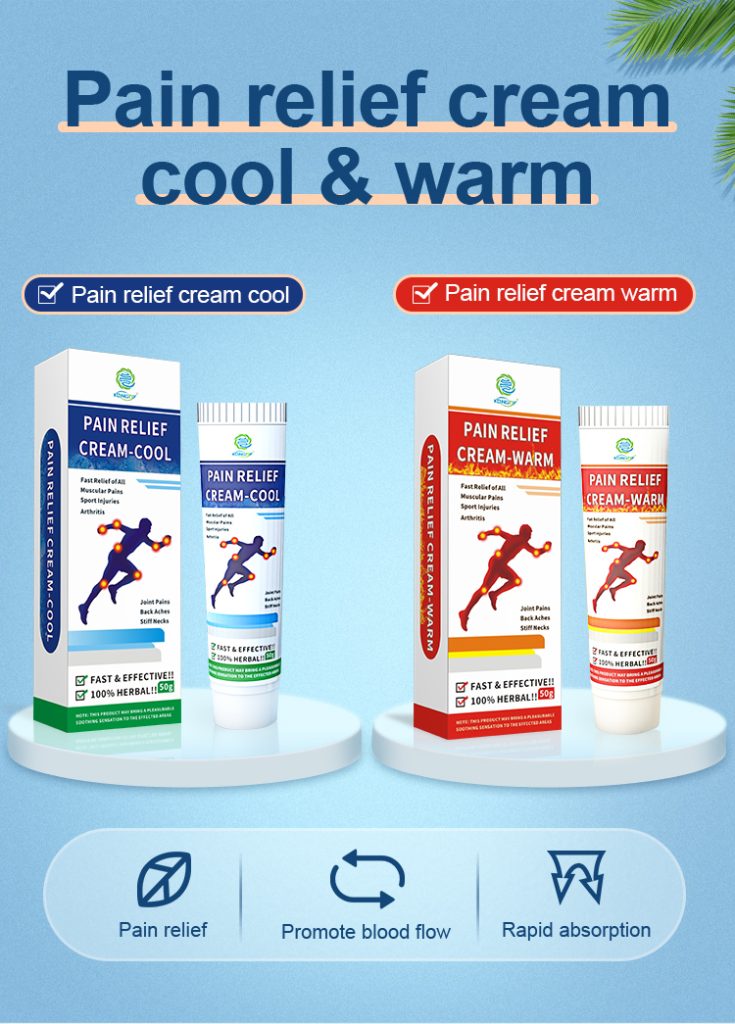Suffering from sore muscles, arthritis, back pain, or other types of pain? Discover how the right pain relief cream can help manage your discomfort. With the wide range of options available, you can find the perfect topical pain solution.
- Understanding Your Pain
First, think about the type and location of the pain you want to treat. Is it concentrated in a particular area like your lower back? Or is it more widespread, like sore joints from arthritis? Pinpointing the pain will help you find a cream with ingredients that target that specific problem.
Muscle and joint pain may benefit more from creams with menthol, camphor, turmeric, or capsaicin. Arthritis hand pain may require formulas with fast-absorbing ingredients that won’t leave a greasy residue. Carefully read labels to match the cream to your pain. - Using Proven Pain-Fighting Ingredients
Look for science-backed ingredients that offer relief by blocking pain signals or reducing inflammation. Common options include:
Menthol – Provides cooling and soothing relief for muscle aches, back pain, arthritis, and more.
Camphor – Another cooling ingredient that numb sore areas. Often combined with menthol.
Turmeric – Contains curcumin that reduces inflammation. Helpful for arthritis.
Capsaicin – Found in hot peppers, it dims pain signals. Used for joint pain, back pain, neuropathy.
Arnica – An herbal extract used for bruises, strains, sprains due to injury.
MSM – Methylsulfonylmethane has anti-inflammatory effects. Good for arthritis, muscle pain, joint pain.

- Understanding Topical Pain Relief
Contrary to oral pain medication, creams deliver relief directly to the problem area. Topical application puts powerful pain fighters right where you need them most while limiting exposure to the rest of the body. This helps avoid side effects that may come with oral pain pills. - Pain relief creams work in two main ways:
Counterirritants – These create sensations like coolness or warmth that distract from and reduce underlying pain. Menthol, camphor, and capsaicin work this way.
Anti-Inflammatories – Ingredients like curcumin and MSM reduce inflammatory responses that can worsen pain from arthritis, injuries, and more.
By tackling pain both at the surface with counterirritants and below the skin with anti-inflammatories, topical creams can provide enhanced relief. - Choosing the Right Cream
With all the choices out there, it can get overwhelming trying to select the best product for you. Keep the following tips in mind:
Potency – Check labels for the percentage of active ingredients like menthol or capsaicin. Higher amounts provide stronger effects.
Fragrance-free – Fragrances can irritate sensitive skin and conditions like eczema. Steer clear of scented creams.
Formula – Lotions provide lighter relief while creams offer deeper moisturization for dry skin. Gels absorb quickly without greasiness.
Size – If treating a larger area like the back, choose larger containers or bulk packages for value.
Price – Compare per-ounce prices between brands. Less expensive generics often work well.
Following dosage instructions is important both for safety and achieving the best results. Always do a patch test on a small area of skin first to check for allergic reactions. While topical creams provide localized relief, severe or chronic pain may require other treatments. Consult your doctor if pain persists or worsens.






